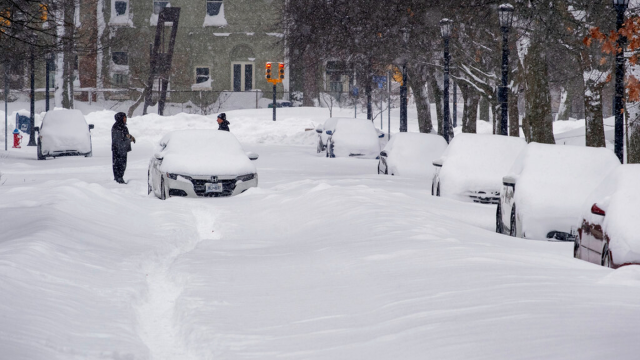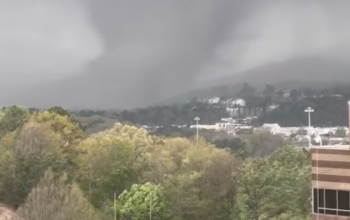A historic arctic cold outbreak is set to sweep across parts of the United States, including the usually temperate Deep South, through Wednesday. Unprecedentedly low temperatures are expected, and daily records for mid-January could be broken from Oregon to the Gulf Coast. Moreover, the cold air’s staying power is likely to continue well into the second half of January.
The first plunge of cold air has already struck the Plains, with reporting stations recording record-breaking low temperatures. Chester, Montana, saw temperatures plummet to an astonishing minus 54 degrees on Saturday morning. Meanwhile, Watson Lake in British Columbia, Canada, experienced minus 57 degrees, and bustling North Dakota’s Dickinson registered a minus 66 degree wind chill early on Saturday morning. Even more alarming, Lupin, in Canada’s remote Northwest Territories, saw a wind chill drop to minus 77 degrees combined with temperatures in the minus 30s.
The frigid weather is now surging south through the Plains and Midwest, headed toward the Southeast and, finally, the East Coast by Wednesday. A less potent burst of cold air is expected to arrive in the Plains in the latter half of this week. With daily records set to be broken, the coldest for the calendar day are possible in swathes of the Plains and Deep South until Wednesday.
Chicago’s O’Hare Airport is expected to have temperatures dip below minus teens for the first time since the January 2019 cold outbreak. The airport could also experience temperatures failing to rise above zero during the day on Monday and/or Tuesday. However, although this arctic outbreak is set to cause unusual amounts of disruption, it is not expected to be as severe as the January 2019 and February 2021 outbreaks. Researchers predict a relatively milder second half of January weatherwise.
Overall, the arctic cold outbreak will leave a significant impact on both urban and rural communities, with many places experiencing snow, ice, and dangerous conditions on roads, railways, and air travel services. Vulnerable populations will also be disproportionately affected, including those without adequate heating or shelter. While some areas may briefly return to more seasonal weather by the end of the week, it is clear that the bitter cold isn’t going away anytime soon.

















